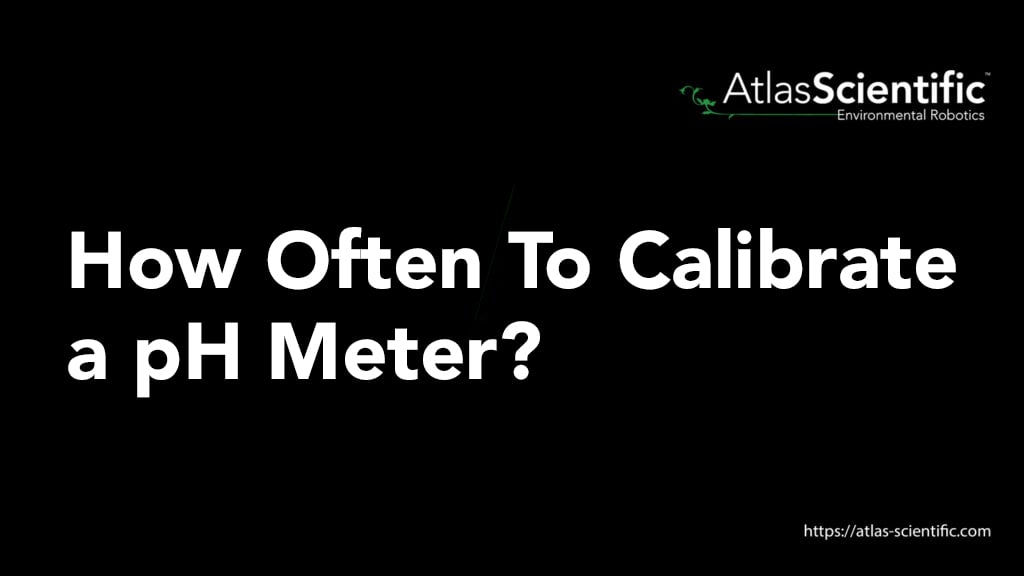Subtotal: $9.99

How to Build a Nutrient Film Technique (NFT) System in Hydroponics
To make an NFT hydroponic system, put together sloped grow channels, a reservoir, a water pump, and net cups. Add a nutrient solution and make
Product Categories

The general rule of thumb is to calibrate a pH meter before every use. However, calibration depends on factors like the type of sample being tested, the performance of the electrodes inside the pH probe, how often the pH meter is used, and the accuracy required.
A pH meter is an essential measuring tool in a wide range of applications. It is essential to regularly calibrate your pH meter to ensure that your readings are accurate and repeatable because many pH meters and electrodes often drift from their original calibrated settings. Calibrating a pH meter is very simple, and it only takes around five minutes.
To calibrate a pH meter, you will need a proper buffer solution for the type of pH probe you have and follow the steps below:
Buffer solutions are used for calibration to display the correct pH values so that when you use the meter, the measurements are accurate. To calibrate a pH meter, you will need three buffer solutions: pH 4.0, pH 7.0, and pH 10.0.

Before you start, a buffer solution with a pH of 7.0 is used to obtain the offset point. If your solution is in the acidic range (a pH lower than 7.0), then you will use the pH 7.0 calibration solution followed by the pH 4.0 solution. On the other hand, if you are operating in the alkaline range (pH is greater than 7.0), then a buffer solution with a pH of 10.0 must be used, after using the pH of 7.0.
At Atlas Scientific, we offer all three calibration solutions; pH 4.0, 7.0, and 10.0.

How often a pH meter should be calibrated depends on factors like the type of sample being tested, the performance of the electrodes inside the pH probe, how often the pH meter is used, and the level of accuracy needed.
For example, general-accuracy testing such as using a pH sensor to measure the pH of the water inside a fish tank, hydroponic system, or any other environment that typically has a weak level of acids and bases, only requires calibration once a year for the first two years of use, and then every six months.
In high-accuracy environments such as manufacturing drugs in laboratories, industrial waste processes, or other applications that are known to have strong acids or bases, calibration is recommended every month, or in extremely acidic or basic solutions, after every use.
A pH meter will also often require re-calibration before use. For example, if the electrode hasn’t been used for a while, or if the electrode is new, the pH meter will need to be re-calibrated with a buffer solution. Re-calibration is also needed if the solution being measured has a pH lower than 2, indicating a strong acid, or if the solution is a strong base (pH greater than 12).
As the temperature is a factor that can influence the pH of a solution, if there is a significant difference between the temperature of the buffer solution used in the last calibration and the sample being tested, re-calibration is needed.
There is no set schedule for recalibration, so if you are unsure if your pH meter needs re-calibrating, there is a simple way to quickly check!
Get your pH meter and dip the pH probe into the standard calibration solutions (4.0, 7.0, or 10.0). If the measurement is within 0.05 pH of the buffer solution, there is no need to re-calibrate the pH meter, as it is still considered in “good condition”. If the pH meter reads the pH value greater than 0.05 of the buffer solution, then re-calibration is highly recommended before use.
We always recommend keeping a buffer solution stocked for proper pH probe calibration, whenever needed.
When a pH sensor and probe reach the point where it can no longer provide accurate readings or stabilize around buffer solution pH values, then re-calibration will not work, and therefore, it is time for a replacement pH probe.
Calibration may be required depending on the type of sample being tested, the performance of the electrodes inside the pH probe, how often the pH meter is used, and the requirement of accuracy.
For high-accuracy applications such as laboratories, the pH level should be calibrated before every use. However, for general-accuracy measurements like testing the pH of soil or aquarium water, the pH meter can be calibrated once, and then used continuously for a week or longer.
If you are unsure exactly which pH probe or which pH values of buffer solution will best suit your needs, do not hesitate to reach out to the world-class team at Atlas Scientific.






To make an NFT hydroponic system, put together sloped grow channels, a reservoir, a water pump, and net cups. Add a nutrient solution and make

Water quality is the driver of recirculating aquaculture system (RAS) success. Parameters like dissolved oxygen, temperature, pH, and nitrogen compounds critically impact fish growth and